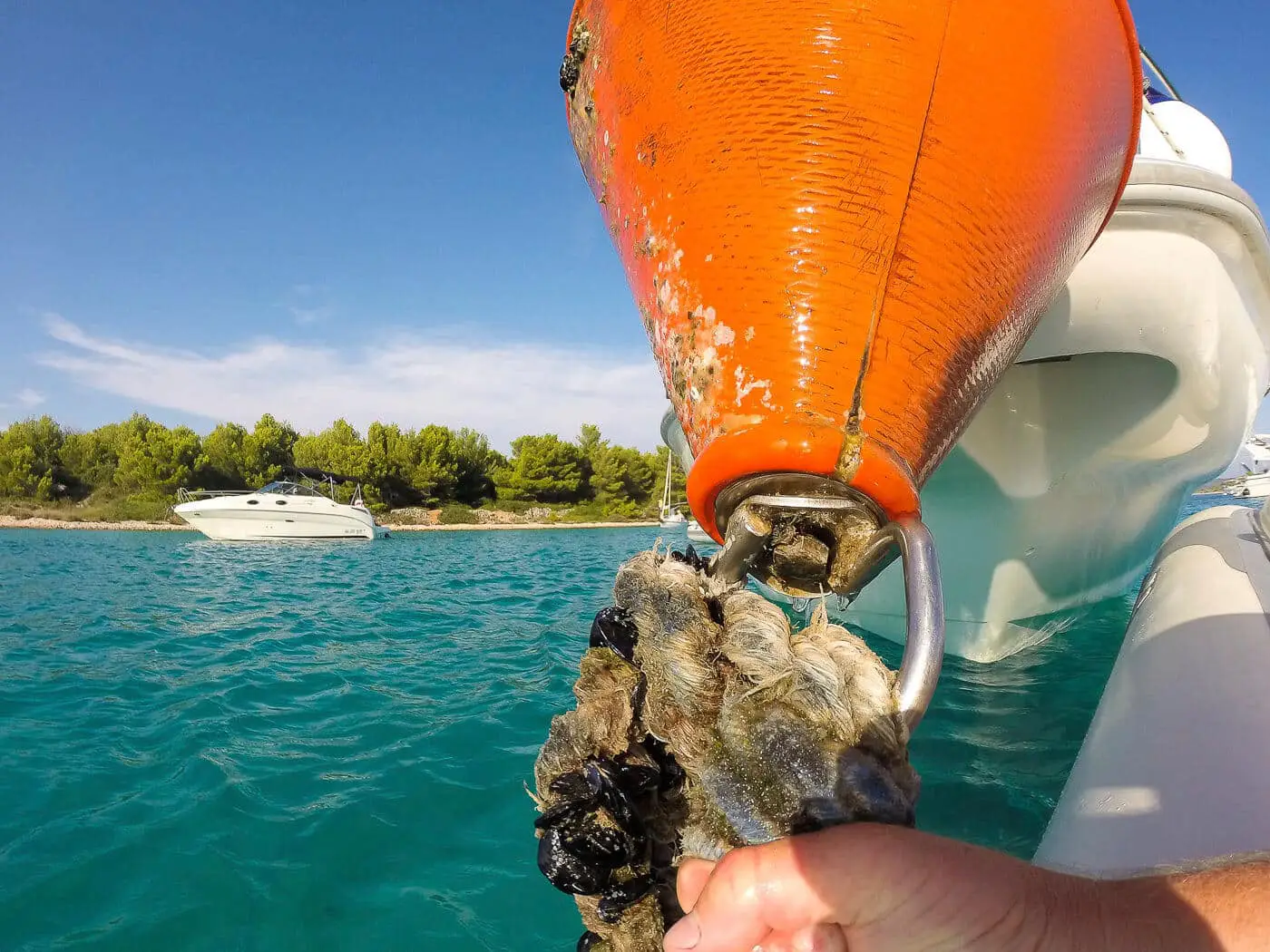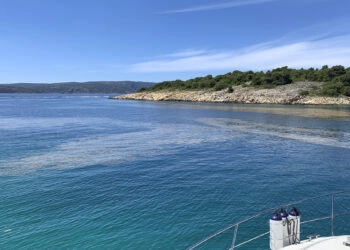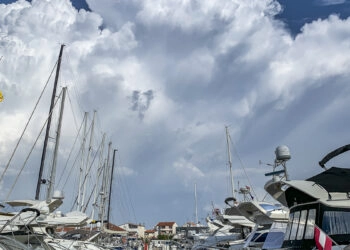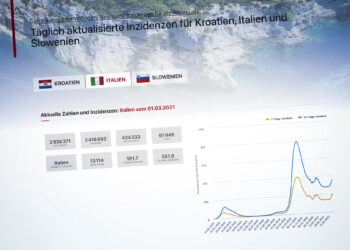And even if the answers were kept in generalised and diplomatic terms, it must be stated that: Anchoring is generally permitted within a distance of 150 metres from any licensed buoy fields. Great credit should be given to those buoy field operators who are prepared to collect the litter as they are not obliged in any way to do this according to the Navy Department’s provisions. Another surprise might be the corresponding legal assessment when it comes to the subject of ”mooring lines‟ as their fixing is actually not permitted.
But, as is all too often the case, things are not as bad as they seem. Those treating their counterpart considerately, who do not insist on their point of view and show appreciation, will accomplish a lot more. Immediately adopting a course of confrontation will help very little and, however, more bad than good comes of it most of the time. Nevertheless, the Navy Department made one thing very clear – it is absolutely prohibited to deploy any buoys, e.g., at holiday homes and, in addition, consider them as private ”property‟.This is frequently condoned following the principle: Where there’s no plaintiff, there’s no judge. However, those deploying ”unauthorised maritime facilities‟ should definitely have the necessary desire to compromise, as otherwise there might quickly be an obligation to remove it.
And another reply creates clarity: Licence holders must be insured against damages resulting from their business. That means: If an anchor buoy tears off and any lack of maintenance on part of the licence holder can be proved, he will be hold liable.
And now the questions and answers to and by the Navy Department (translated):
If boats want to anchor near Croatian buoy fields, how much distance do they have to keep in order not to have to pay any due fees?
Within the meaning of article 49 section 3 of the Regulation about maritime transport within inland and territorial waters of the Republic of Croatia, as well as type and conditions of carrying out controls and control of maritime traffic (Narodne novine / Official State Bulletin of the Republic of Croatia 79/13, 140/14, 57/15) it is stipulated that in waters under licence towards the coast, as well as at a distance of 150m towards the open sea, anchoring of floating objects (boats, ships, yachts,…) and waterplanes is prohibited, except in cases of force majeure and severe storms on the high seas.
Are the limits of the buoy fields detectable or do they have to be at all detectable for the skipper?
The licence for anchor buoy / buoy fields in maritime areas is granted on the basis of a site permit stating the exact scope / coverage for that area. That coverage will be marked with small buoys / floats easily visible for all yachtsmen.
Are operators of buoy fields obliged to collect litter and dispose of it?
Within the meaning of article 64 section 1 of the Regulation about type and conditions of the maintenance of order in harbours and other parts of inland and territorial waters of the Republic of Croatia (NN 90/05, 10/08, 155/08, 127/10, 80/12) it is stipulated that the ship’s captain, skipper or boatsman is required, prior to leaving the harbour, to dispose of his entire waste into the forseen harbour facilities as, according to section 4 of the same article, the object responsible for the port regulation will be obliged to ensure the disposal of the waste and has to inform the port authorities accordingly in written about the actual quantity of waste carried over prior to leaving the harbour.
What is the legal difference between licenced buoy fields and private buoy fields?
There is no such legal term as ”private buoy fields / anchor points‟ but mooring at buoys in established nautical anchor points is only possible according to boat length and draft.
Who will be liable in case a buoys‘ line tears off and the boat gets damaged?
Within the meaning of article 14 section 2 of the Regulation about type and conditions of the maintenance of order in harbours and other parts of inland and territorial waters of the Republic of Croatia (NN 90/05, 10/08, 155/08, 127/10, 80/12) it is stipulated that the object will be responsible for the port regulation and the licence holder for the maintenance of the fastening devices (buoys, anchorage, etc.), respectively and, therefore, both are obliged to obtain the supporting evidence.
Are the operators of buoy fields obliged to take out a liability insurance?
All licence holders are obliged to take out a liability insurance against any damages resulting from the pursuit of that activity.
The beach area within a distance of eight metres away from the waterline is considered, as far as I know, as state property. Is it permitted to fix up safety lines for mooring boats if it’s not a public beach?
A seashore is not subject to any property rights and, in consequence, is not property of the Republic of Croatia but it is considered as naval property which we have to regard as common property. Therefore, boats should only anchor at designated sites or harbours, respectively. For this reason, it is also not allowed to fix any fastening devices on your own or your own initiative.













